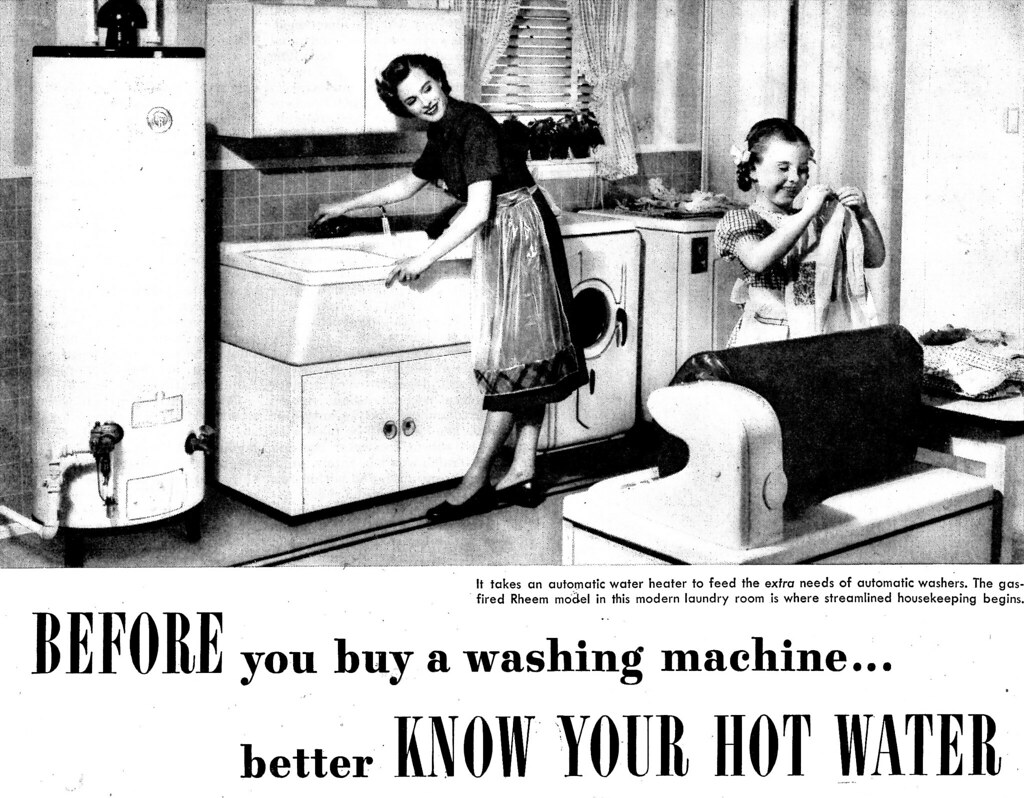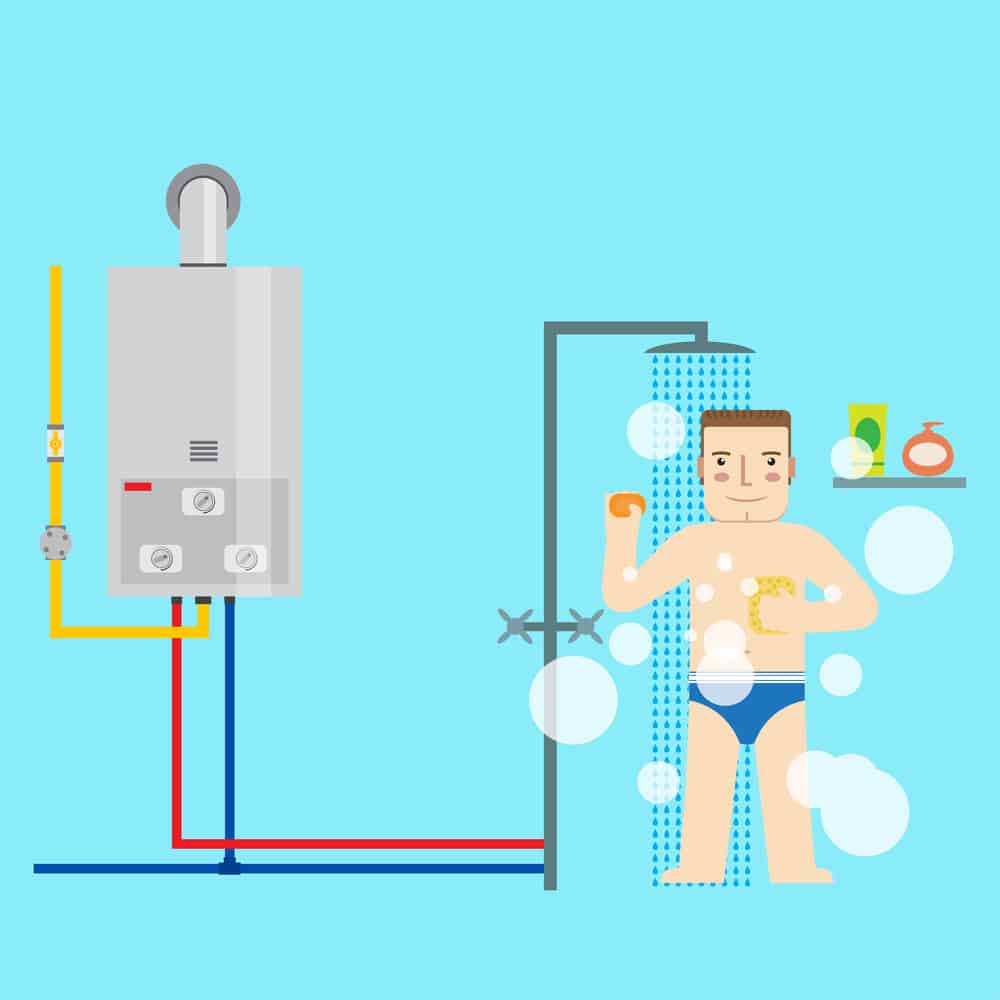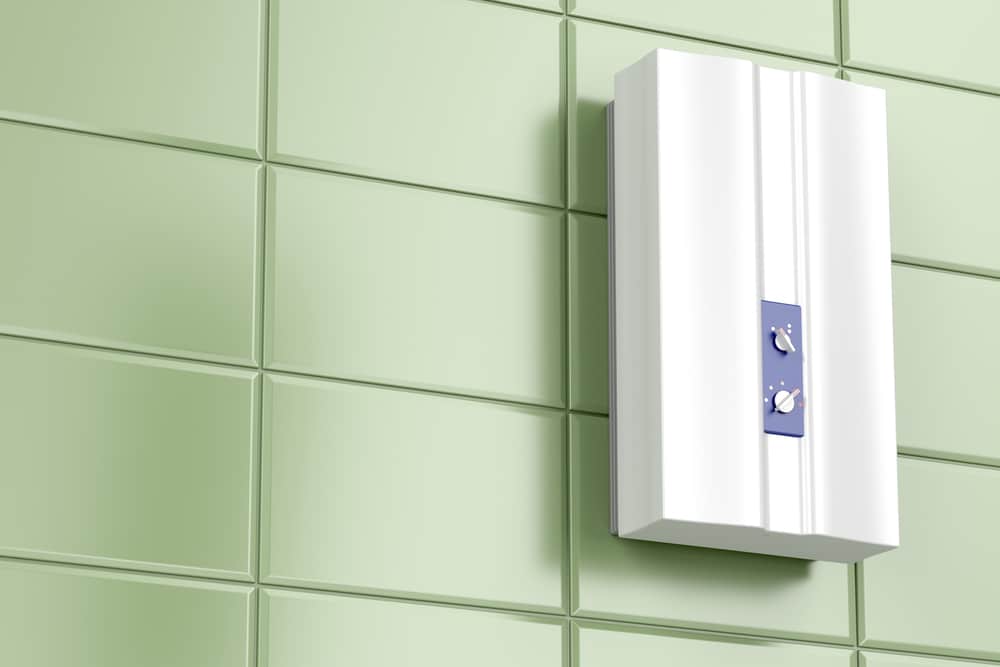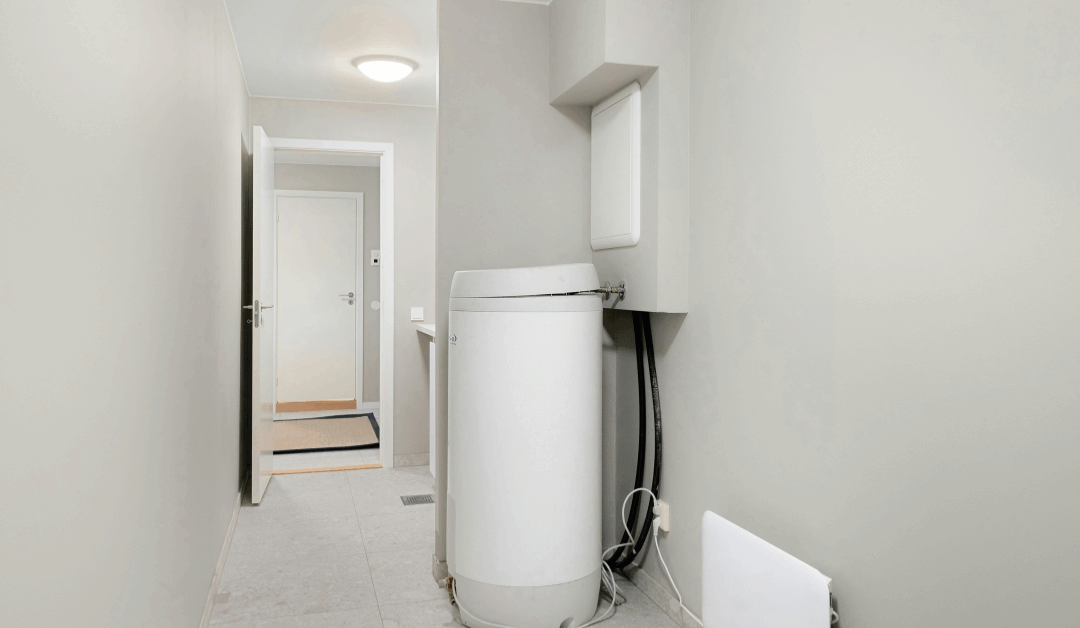As the leaves start to change and the crisp fall air settles into Pasadena and Glen Burnie, we all start thinking about ways to make our homes cozier and more efficient. We get our furnaces checked, seal drafty windows, and maybe even start dreaming of holiday gatherings. But there’s one essential home appliance that often gets overlooked until it’s too late: the water heater.
For over 35 years, our family at MD Sewer & Plumbing has helped our neighbors with every plumbing problem imaginable. We’ve seen firsthand how a failing water heater can disrupt your life, from icy morning showers to a flooded basement. That’s why we believe in being proactive. If your old water heater is nearing the end of its life, this fall is the perfect time to consider an upgrade that offers comfort, savings, and peace of mind.
A tankless water heater is an excellent choice for many Maryland homeowners. These modern systems, also known as demand-type water heaters, provide a continuous supply of hot water without the bulky storage tank. This guide will walk you through the benefits, explain how they work, and answer the common questions we hear from our customers to help you decide if a tankless model is the right fit for your home.
Schedule Service Online
Get a free estimate so you know what you're signing up for
"*" indicates required fields
For Emergency Services Call: 410-255-9300

The Key Benefits of a Tankless Water Heater
Upgrading to a tankless system isn’t just about getting a new appliance; it’s about improving your daily routine and making a smart investment in your home. Here are the top advantages our customers in Pasadena and Glen Burnie enjoy.
1. Endless Hot Water When You Need It
One of the biggest frustrations with traditional water heaters is running out of hot water. If you have a large family or house guests, you know the routine: spacing out showers, waiting for the tank to reheat, and hoping the dishwasher doesn’t run at the wrong time. A tankless water heater completely eliminates this problem.
Because it heats water on demand, it provides a continuous hot water supply. As long as you have water and a power source (gas or electric), you’ll have hot water. Imagine running the shower, the dishwasher, and the washing machine simultaneously without ever worrying about a cold surprise. For busy professionals, growing families, and anyone who hosts guests, this on-demand convenience is a game-changer.
2. Improved Energy Efficiency and Lower Bills
Traditional storage tank heaters constantly use energy to keep dozens of gallons of water hot, 24/7. This is known as standby energy loss, and it adds up on your utility bills, month after month. A demand water heater only activates when you turn on a hot water faucet, which means it uses significantly less energy.
According to the U.S. Department of Energy, homes that use 41 gallons or less of hot water daily can see energy efficiency gains of 24%–34% with a tankless unit. Even for households that use more water, the savings are still substantial, typically around 8%–14%. Many models are ENERGY STAR® certified, qualifying them for potential rebates and making them a cost-effective choice in the long run.
3. A Longer Lifespan for Your Investment
A traditional water heater typically lasts 10–15 years. In contrast, most tankless water heaters have a life expectancy of 20 years or more. While the initial installation cost is higher, the longer lifespan combined with energy savings means a tankless unit often provides a better return on investment. Plus, many parts are easily replaceable, which can extend the unit’s life even further, protecting your home for decades. As a family-owned business that believes in lasting solutions, we see this as a major plus for homeowners.
4. More Valuable Space in Your Home
If you live in an older Pasadena home or a property where space is at a premium, you’ll appreciate the compact size of a tankless water unit. Traditional tanks can be bulky, taking up valuable real estate in your basement, garage, or laundry room. Tankless units are small enough to be mounted on a wall, freeing up floor space for storage or other uses. This modern, space-saving design is perfect for homeowners looking to declutter and maximize their living area.

Gas water heater and man in the bathroom taking a shower. Flat icon for web design and application interface, also useful for infographics. Vector illustration.
How Does Tankless Water Heating Work?
Understanding how a tankless water heater operates helps explain why it’s so efficient. Instead of storing and constantly reheating a large volume of water, a tankless system uses a powerful heat source to warm water instantly as it flows through the unit.
Here’s a simple breakdown of the water heating process:
- A Hot Water Faucet is Turned On: When you turn on a shower, sink, or appliance, it signals the need for hot water.
- Water Flows into the Unit: Cold water from your main supply line enters the tankless heater. A flow sensor inside the unit detects the movement of water.
- The Heat Exchanger Activates: Once the sensor is triggered, a powerful gas burner or electric heating element turns on and heats a component called a heat exchanger.
- Water is Heated Instantly: The cold water travels through the hot heat exchanger, where it is heated to your desired temperature. This process is incredibly fast, providing instant hot water and temperature control.
- Domestic Hot Water is Delivered to the Faucet: The heated water then flows directly to the faucet or appliance you’re using, providing a continuous supply.
Because the system only works when you need it, there’s no standby energy loss. The result is superior energy efficiency and an endless stream of hot water.
Common Questions About Tankless Water Heaters
As your local, trusted plumber since 1989, we’ve heard every question in the book. Here are honest answers to the most common concerns homeowners have about making the switch.
What is the downside of a tankless water heater?
While the benefits are significant, there are a few drawbacks to consider. The primary one is the higher initial cost. The equipment and installation for a tankless unit can be two to four times more expensive than a conventional tank heater. The installation can be more complex, sometimes requiring upgrades to your home’s gas line or electrical panel to handle the higher energy demand.
Another point is maintenance. Because tankless systems have intricate heat exchangers with small passageways, they are more susceptible to mineral buildup (scale), especially in areas with hard water. Most manufacturers recommend annual descaling to keep the unit running efficiently and prevent damage. At MD Sewer & Plumbing, we offer preventive maintenance services to make this process hassle-free.
Is it worth putting in a tankless water heater?
For most homeowners in Pasadena and Glen Burnie, the answer is yes. While the upfront investment is higher, a tankless unit pays for itself over time through lower energy bills and a much longer lifespan. If you plan to stay in your home for many years, a tankless water heater is a smart, cost-effective upgrade.
Consider your family’s hot water demands. If you frequently run out of hot water, have a busy household, or simply want the convenience of an endless supply, the value is undeniable. Furthermore, the space-saving design and reduced risk of a tank rupture add to its appeal.
Will my electric bill go up with a tankless water heater?
This depends on the type of system you choose and what you’re replacing. If you switch from a gas tank heater to an electric tankless model, you will likely see an increase in your electricity bill but a decrease in your gas bill. However, if you are replacing an old electric tank heater with a new electric tankless unit, your overall energy consumption should decrease due to the elimination of standby heat loss.
Gas-powered tankless heaters are generally more cost-effective to operate than electric models, especially with natural gas. Our technicians can help you evaluate your home’s energy sources and hot water usage to determine which option makes the most financial sense. We always provide honest, upfront pricing and free estimates to ensure you can make an informed decision.
Can I replace my 40-gallon water heater with a tankless water heater?
Absolutely. A 40-gallon tank is a common size for many households, and a properly sized tankless unit is an excellent replacement. Sizing a tankless water heater isn’t about gallons; it’s about the flow rate, measured in gallons per minute (GPM).
To determine the right size, a professional plumber will calculate your home’s peak hot water demand. This involves adding up the flow rates of all the appliances and fixtures you might use at the same time. For example:
- Shower: 2.5 GPM
- Dishwasher: 1.3 GPM
- Kitchen Sink: 2.2 GPM
If you run a shower and the dishwasher simultaneously, you would need a unit that can provide at least 3.8 GPM. Our licensed technicians will perform a thorough assessment to ensure your new tankless unit can comfortably meet your family’s needs without compromising performance.
Helpful Resources and Links | Water Heaters
Here are a few valuable resources to help you better understand water heater maintenance and repair
Home Depot – Water Heater Buying Guide: Discover the differences between water heater types to make an informed buying decision.
Angi – How to Fix a Leaking Water Heater: Step-by-step guidance on how to address common water heater leaks.
This Old House – Water Heater Troubleshooting: Learn how to identify and resolve common water heater issues with expert advice.
Consumer Reports – Water Heater Ratings and Reviews: Compare water heater models and find the best option for your home.
Energy.gov – Water Heater Maintenance Tips: Learn practical tips and advice for maintaining your water heater to improve its efficiency and lifespan.

Protect Your Home with the Right Plumbing Partner | MD Sewer and Plumbing
Upgrading your water heater is a significant investment, and proper installation is crucial for safety and efficiency. With over 35 years of trusted experience serving Maryland communities, MD Sewer & Plumbing Services is your go-to solution. We’re a family-owned company that treats every customer like a neighbor, combining professional expertise with friendly, reliable service.
Our licensed technicians are trained in the latest tools and techniques to ensure your tankless water heater installation is seamless. We handle everything from sizing the unit and obtaining local permits to ensuring your system runs perfectly. And with our 24/7 emergency services, you can have peace of mind knowing we’re always here when you need us.
Don’t wait for a cold shower to tell you it’s time for a change. Schedule Your Service Today and discover the comfort and efficiency of a tankless water heater.





